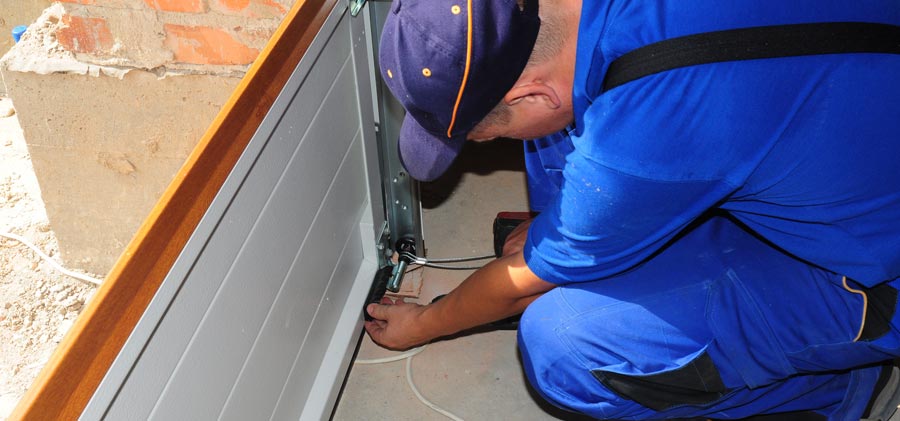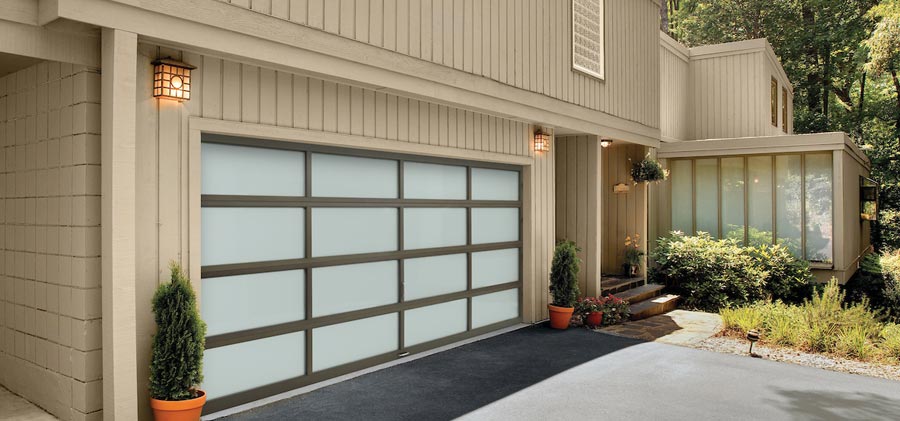Garage door weather stripping is an important feature of any home. It helps to keep out drafts, moisture, and pests. Over time, weather stripping can wear out and lose its effectiveness. When this happens, it is vital to know when to replace worn seals to maintain the comfort and security of your garage.
Let us discuss how often you should check and replace your garage door weather stripping to ensure your garage remains energy-efficient.

Typical Replacement Timeline For Garage door Weather Stripping
Most types of garage door weather stripping need to be replaced every two to three years. However, the exact timing may vary depending on several factors.
Things like climate, usage, and installation quality will affect how quickly the weather stripping deteriorates. For instance, in areas with extreme heat or cold, wear and tear might happen more quickly.
If you see that your weather stripping is starting to look worn or damaged, you can go for a bottom seal replacement sooner rather than later.
Key Signs It’s Time to Replace
It’s not always easy to tell when you need to replace worn seals just by looking at them. Here are some common indicators that it might be time to act:
- Visible Damage: If you notice cracks, splits, or missing sections in the seals, your garage door weather stripping is likely no longer effective. This damage can allow drafts and pests to enter your garage.
- Moisture Problems: One of the biggest issues with worn weather stripping is water infiltration. If you see puddles or damp spots in your garage after rain, your bottom seal may be failing. Water leaks can damage items stored in the garage and could lead to mold if not addressed quickly.
- Drafts and Temperature Variation: If you feel a cold draft when you walk into your garage during winter or if the garage feels excessively hot in summer, this could mean that your weather stripping is not creating a proper seal. This situation shows a lack of effective garage draft protection, causing your HVAC system to work harder.
- Pest Issues: Worn seals can create easy entry points for insects and rodents. If you discover pests in your garage, it’s time to inspect your weather stripping closely for gaps and damage.
- Consider Seasonal Checks: In regions with harsh winters or hot summers, it’s smart to check your garage door weather stripping before these temperature extremes hit. This seasonal maintenance is essential for weatherproofing your garage.
By verifying that your seals are intact, you can enhance the energy efficiency of your garage throughout the year.
Key Signs It’s Time to Replace
It’s not always easy to tell when you need to replace worn seals just by looking at them. Here are some common indicators that it might be time to act:
- Visible Damage: If you notice cracks, splits, or missing sections in the seals, your garage door weather stripping is likely no longer effective. This damage can allow drafts and pests to enter your garage.
- Moisture Problems: One of the biggest issues with worn weather stripping is water infiltration. If you see puddles or damp spots in your garage after rain, your bottom seal may be failing. Water leaks can damage items stored in the garage and could lead to mold if not addressed quickly.
- Drafts and Temperature Variation: If you feel a cold draft when you walk into your garage during winter or if the garage feels excessively hot in summer, this could mean that your weather stripping is not creating a proper seal. This situation shows a lack of effective garage draft protection, causing your HVAC system to work harder.
- Pest Issues: Worn seals can create easy entry points for insects and rodents. If you discover pests in your garage, it’s time to inspect your weather stripping closely for gaps and damage.
- Consider Seasonal Checks: In regions with harsh winters or hot summers, it’s smart to check your garage door weather stripping before these temperature extremes hit. This seasonal maintenance is essential for weatherproofing your garage.
By verifying that your seals are intact, you can enhance the energy efficiency of your garage throughout the year.

Conclusion:
Regular maintenance of your garage door weather stripping is vital for protecting your garage and home. By inspecting the seals annually and replacing worn seals every two to three years, you can ensure effective garage draft protection and energy efficiency.
If you recognize signs of damage, it’s best to consult with a professional to assess whether your current weather-stripping needs replacement. Taking these simple steps will help keep your garage comfortable, secure, and efficient.
FAQs
Garage door weather stripping is typically made from rubber, vinyl, or foam. Rubber and vinyl are durable options that provide good insulation and can withstand various weather conditions. Foam is lighter and can also provide decent insulation, but it may not last as long as rubber or vinyl. When selecting a material, consider climate factors and the specific needs of your garage for optimal performance.
Proper garage door weather stripping is crucial for energy efficiency. When seals are intact and in good condition, they prevent drafts and moisture from entering the garage, which helps maintain stable temperatures. This helps reduce the strain on your heating and cooling systems, lowering energy costs. Efficient garage draft protection contributes to overall energy savings in your home.
Hiring a professional is often a better choice for garage door stripping replacement. Professionals ensure that the seals are installed correctly and use high-quality materials. They can also assess the overall condition of your garage door and identify underlying issues that may need attention, which can enhance the effectiveness of your garage draft protection.


